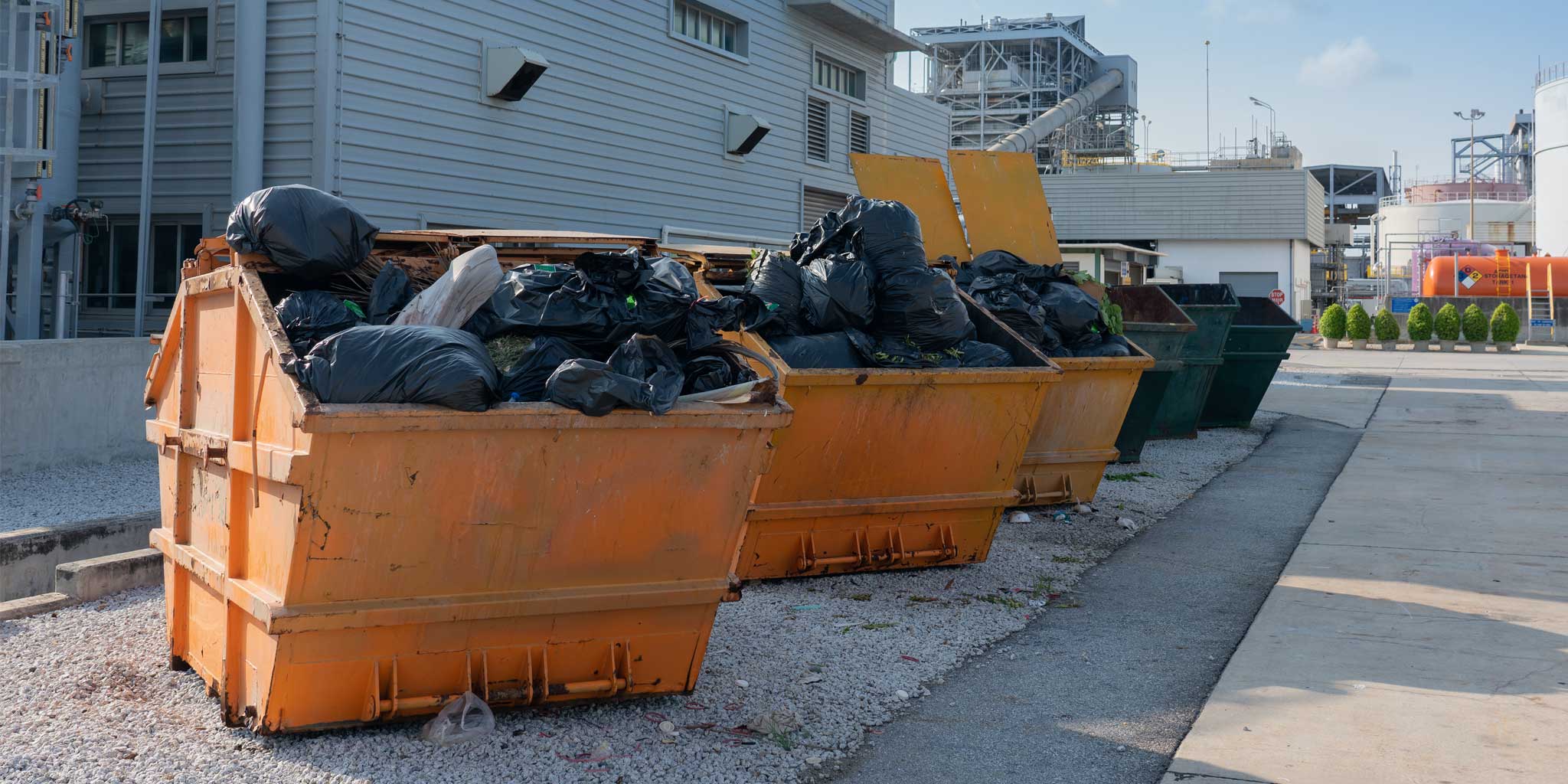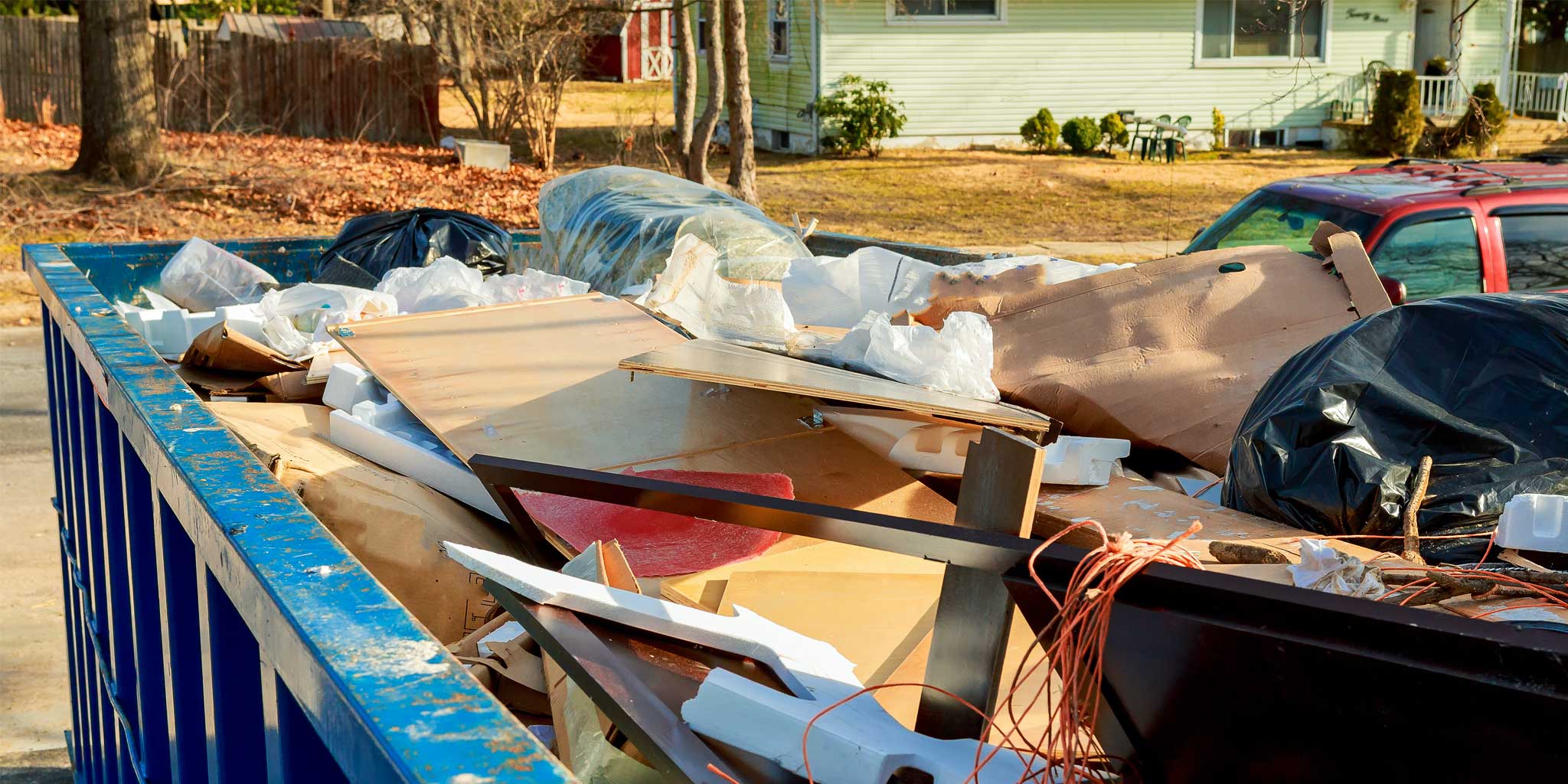Hiring a skip can sometimes be confusing and mistakes can easily slip through the cracks when you’ve already got so much on your mind. There are restrictions on items & limits and certain precautions which need to be put in place and we understand that this can sometimes be overwhelming. Yet, there is no need to worry! We, here at Fowles Skip Hire, want to make sure this process is made to be as easy and painless as possible for our customers. That’s why we’ve put together a few of the common mistakes made before, during, and at the end of our customer’s hires. This way you can avoid any mistakes and make your waste disposable run smoothly and pain-free.

1. Restricted Items
To keep you and our skip workers safe, there are restrictions put in place as to what can and cannot be disposed of via a skip. Some prohibited items include asbestos, electronics, batteries, and other hazardous waste that could potentially pose a risk. There are specific ways in which you can dispose of these materials, like at dedicated recycling points, so you don’t have to worry that you’ll be stuck with the hazardous waste in your home.
Even with clear restriction lists, some customers do try and sneak hazardous waste into the skips. This is unacceptable and can hold you liable for some hefty fines when the waste is found during the sorting process. There are some waste-specific skips available for hire, so if you find yourself with considerable amounts of plasterboard, for example, you can hire a skip just for that type of waste.
2. Drop Off Location
There are many secure places that a skip can be placed on your property including driveways and gardens. All you need is a flat surface that the skip will be guaranteed to be secure on, and that will not hold any risk. If you’d like the skip to be placed on the road, as that is the only flat surface outside your property, then you will need to contact the local authority and obtain a permit.
The common mistake made with the drop-off is that some customers don’t clear space for the skip to be placed on. This can then result in damage to the property when you try and carefully lower the skip into a messy, uneven area. To avoid any damage or hassle, just make sure that there is a large enough area for the skip to be lowered onto.
3. Extending Collection Dates
When working on projects, we understand that you can become wrapped up in all the building or clearing work that time simply flies by. Before you know it it’s been two weeks and the skip is being collected, leaving you with all this waste that’s yet to be disposed of. This can easily be avoided! Make sure to set a reminder a few days before your chosen collection date and see what’s left to be done. If there’s still a lot of work and waste to be rid of, then get in touch and extend your collection date.
4. Sizing
One of the first steps before anything is deciding what sized skip to hire. This can be a tricky decision sometimes when you’re not sure how large your project is going to be or become. We suggest heading to our skip sizes page to check out how many bags of rubbish fits into each size, and what a certain sized skip is mainly used for. This should provide a better insight into what skip size is suitable for you and should avoid the mistake of ordering a skip that is too small. Any other help needed for this, you can get in touch and contact us directly.
5. Exceeding Fill Limits
Going hand in hand with skip sizes is the fill limits. This simple restriction can catch customers out all the time if no prior research is done. All you need to make sure is that after the skip is full, no more waste is placed into your skip. This quite simple restriction keeps our skip handlers safe when coming to collect your skip as it ensures that nothing will fall off and that the weight of the skip isn’t too heavy. There can sometimes be a fine if the fill limit is exceeded.
There it is; 5 common mistakes that can save you a lot of hassle. Now you can get started and hire your skip today, mistake-free!
